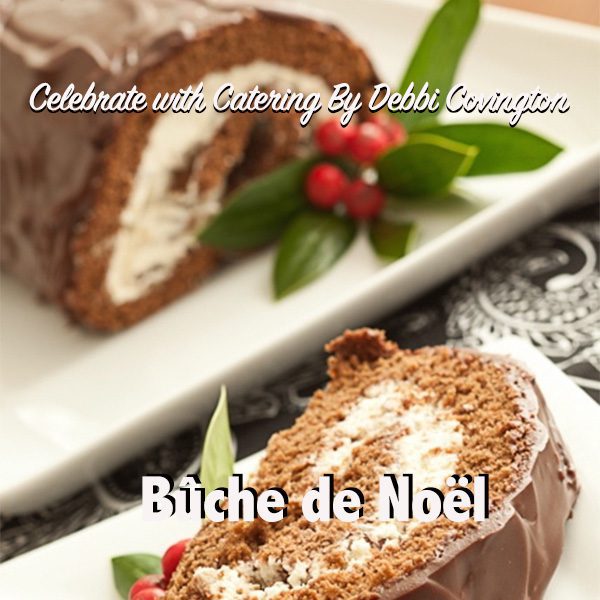![]() This is the time that I start to plan my garden for the spring. I do not think that we are going to have the nice early spring that we had last year when the leaves were out on the trees by the middle of February and the dreaded pollen season was over quickly. Nonetheless, I will plan for warmer times.
This is the time that I start to plan my garden for the spring. I do not think that we are going to have the nice early spring that we had last year when the leaves were out on the trees by the middle of February and the dreaded pollen season was over quickly. Nonetheless, I will plan for warmer times.
Late last summer, just when I thought I would never see a butterflies, I was inundated with them. I had so many Zebra Longwings (Zebra helconians) that I lost count. I was nearly fluttered to death by the little yellow Sulfurs – they were in my hair. Our own native Gulf Fritillaries were in abundance. I did have Swallowtail butterflies of various sorts and lots of local skippers. The Monarch were few, but they did come by for the milkweed.
In the Butterfly Garden that I maintain, two rare butterflies were sighted and photographed. There was a Checkered Skipper that had not been seen in South Carolina since 1996. There was also a Cassius Blue that had never been recorded in our state. The Department of Natural Resources was excited about these sightings. We have an amazing photography club where I live and if there is something new and unusual in nature, they will find it and photograph it. What a wonderful resource for any gardener.
I had to ask myself why I had so many butterflies this year, especially at the Butterfly Garden that had been devoid of any pollinators for years much to my dismay. This year I did have some new plants that seemed to be on the pollinator’s favorite menu. Could this be the answer? Cause and effect told me yes.
I planted quite a bit of an herb called Thai basil. I had a plant at home and kept on breaking off stems and rooting them. The stems seemed to root over-night and I made many new plants.
The strong smelling leaves repelled the deer and the masses of purple flowers were a buzz with bees. It is the easiest plant that I have found to propagate. It grows like a woody shrub although it is an annual and will die back in a hard freeze. I already have babies started for this spring when it gets warmer. They start small and grow quite quickly to around three feet tall and nice and bushy.
One plant that I found in my Butterfly Garden this year was a native to South Carolina. Commonly called Boneset, its scientific name is Eupatorium perfoliatum. I do not know if it really can set bones, but the Native Americans believed that it did have healing properties.
I did not plant this so it must have been a volunteer thanks to birds. It grows to five feet with rough spear-like leaves and clusters of white flowers. Every type of pollinator loved it.
It will come back again this spring and I will dig some out for my own backyard. Like so many natives, the deer leave it alone and we did have quite a lot of deer traffic this year.
I know that you have seen a native called Beggar’s tick (Bidens pilosa) along the side of the road. It grows everywhere and can be a pest if you do not control it. I struggle with it only because the bees adore it. The flower is tiny, daisy like, and fairly insignificant, but I cannot deny the bees their pollen from this plant. Remember that often a weed is simply a flower in the wrong place.
Another native that can get out of control, but is loved by butterflies is Rattlebox (Crotalaria spectabulis ) A friend gave me some seeds pods that look like giant pea pods. I tried them and this plants really takes off with large bright green leaves and yellow flowers that look a little like lupines. It is a member of the pea family. It does re-seed vigorously so give it plenty of room and be vigilant about watching for volunteers in unwanted places.
Another flower that I had in my garden, but unfortunately the deer devoured at the Butterfly Garden is Mexican sunflower or Tithonia. Zebra longwings seem to love the open sunflower like flowers. This annual can be grown from seed and reaches six feet tall. The large bright orange flowers are quite spectacular and because they have open and welcoming petals, pollinators love this plant. I either sow the seeds directly in the ground or start the seeds ahead of time in pots.
Look for some of these pollinator friendly plants at native plant sales, by the roadside, or at plant nurseries. Maybe you will have an exotic butterfly in your own garden.








